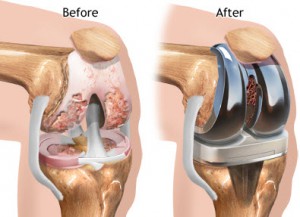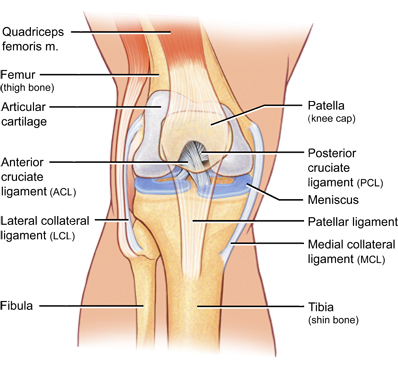Shoulder pain can affect much more than just our comfort. It can limit our ability to pick up our children, carry groceries, or even reach for something on a high shelf. If you’ve been struggling with nagging shoulder pain, there’s a strong possibility it may be due...
A stress fracture is a small crack within a bone. However, unlike acute fractures, which occur from a sudden injury, stress fractures gradually develop over time and are common among athletes, runners, and individuals with physically demanding lifestyles. These tiny,...
Tendons are tough, fibrous tissues that connect muscle to bone and play a critical role in our movement, from helping us swing a tennis racket to allowing us to lift groceries or climb the stairs. But for all their strength and flexibility, tendons are also...
Partial knee replacement versus total knee replacement: Which is right for you?

Knee problems may be the result of injury, overuse, or disease. Whatever the cause, knee problems can make it difficult or impossible for you or a loved one to maintain a healthy, active lifestyle. In patients with severe knee problems, a total knee replacement may be the best hope for recovery. For some patients, a partial knee replacement may be a better option.
These days, total knee replacement surgery is a very common procedure. In fact, in the United States there are over 700,000 knee replacement surgeries performed every year. If you are weighing the pros and cons of a partial knee replacement versus a total knee replacement, this article is for you.
A Blueprint of the Knee
Before you attempt to evaluate your knee problems and your treatment options, it is helpful to understand how the knee is put together. The human knee consists of three primary sections called compartments. The inner part of your knee is known as the medial compartment. The outer part of the knee is called the lateral compartment. The upper part of your knee, located between your kneecap and thighbone, is called the patellofemoral joint. The tendons, cartilage, and ligaments in these three compartments work closely together to generate the proper functioning of your knee, but it is possible to replace one compartment without disturbing the others.
The Pros and Cons of Partial Knee Replacement
When it comes to surgery, less invasive surgery nearly always results in decreased blood loss, less pain, and quicker recovery. A partial knee replacement is no different, and typically results in a better, faster recovery for patients. Unfortunately, partial knee replacements are only recommended in a limited number of cases. When there is a possibility that a patient’s knee problems will get worse over time, which is usually the case, a partial knee replacement patient may eventually need a total knee replacement. When this is the case, it is much better to perform just one surgery than to perform multiple surgeries.
What About a Total Replacement?
Total knee replacements are not without issues of their own. Total knee replacement patients will almost certainly gain significantly more flexibility than they had before surgery, and their knee pain will be dramatically reduced or even eliminated. Unfortunately, an artificial knee simply cannot match the performance of a healthy human knee.
Only your doctor can determine the viability of partial knee replacement or total knee replacement in your case. Before making any final decisions, be sure to consult a competent physician. If you would like more information, download our free e-book, 360 Degrees of Knee Replacement Surgery.


